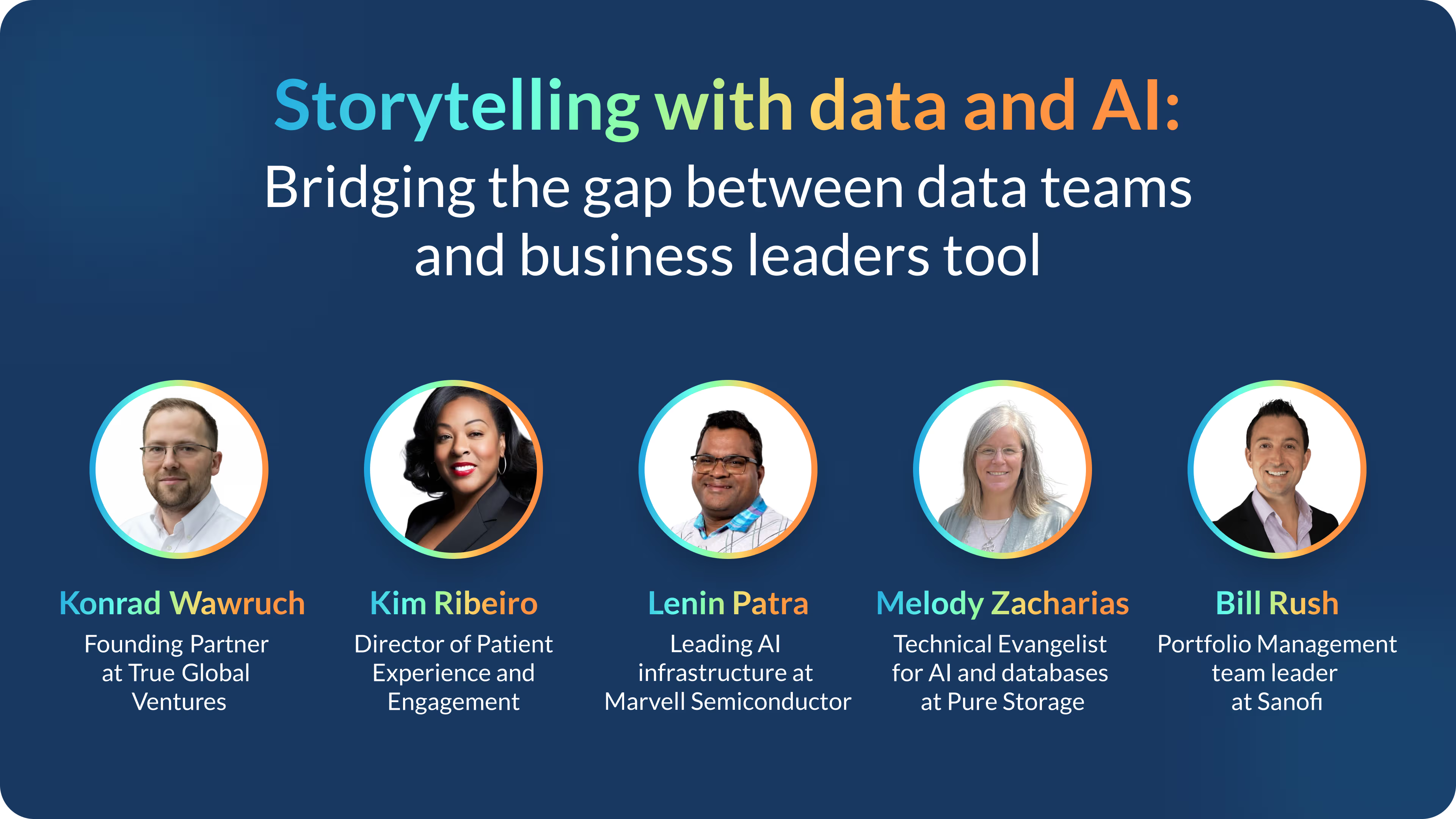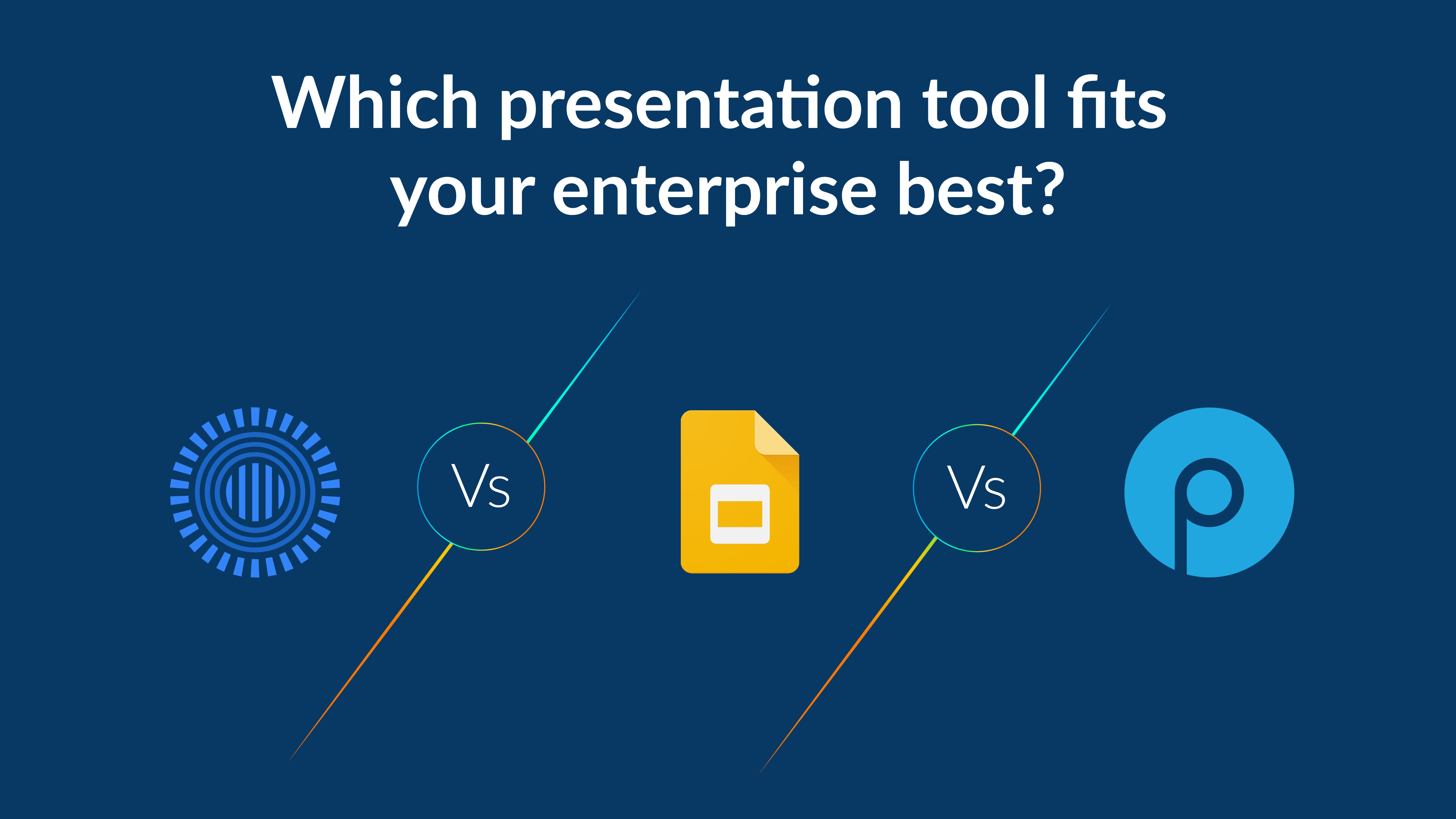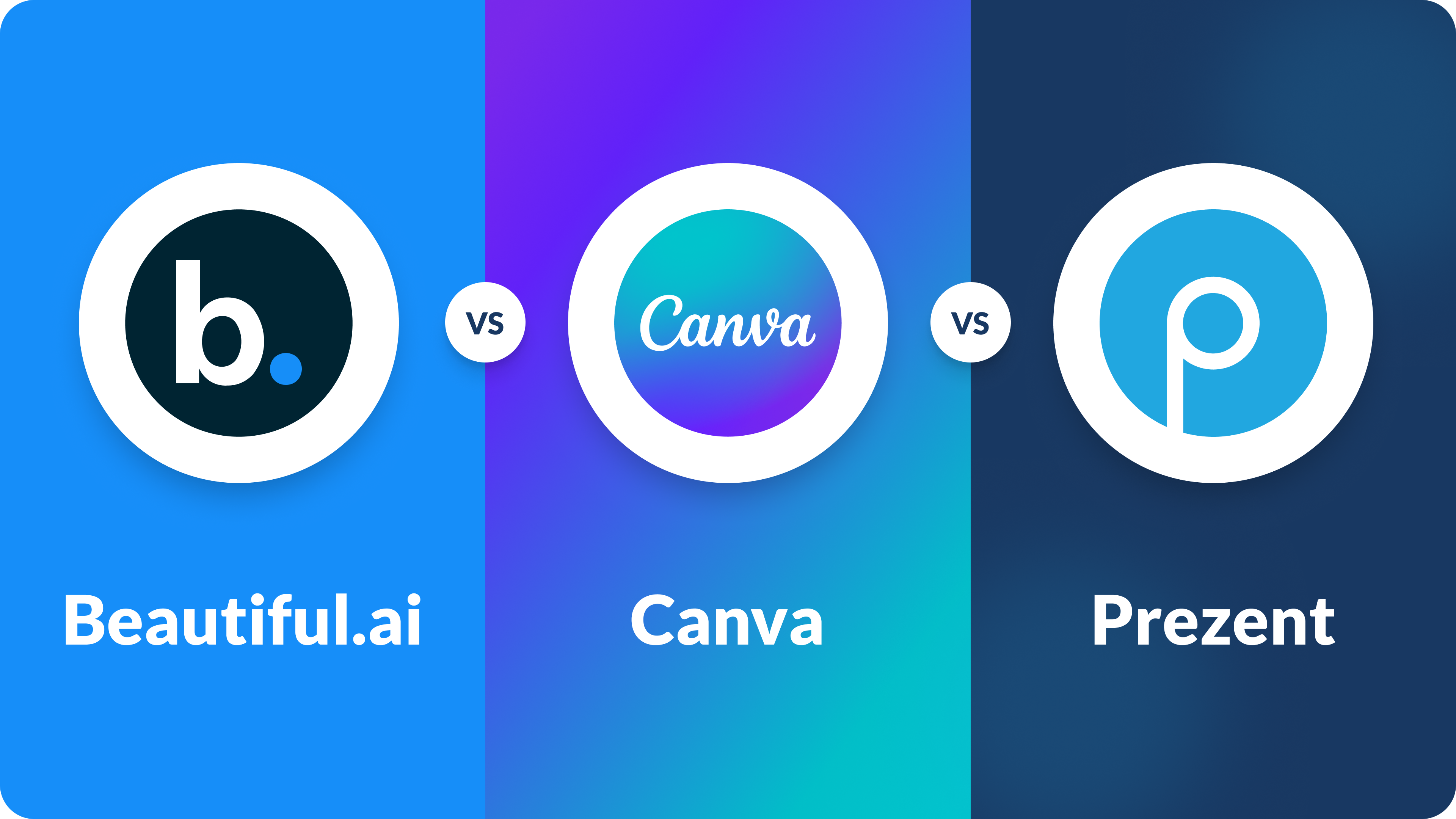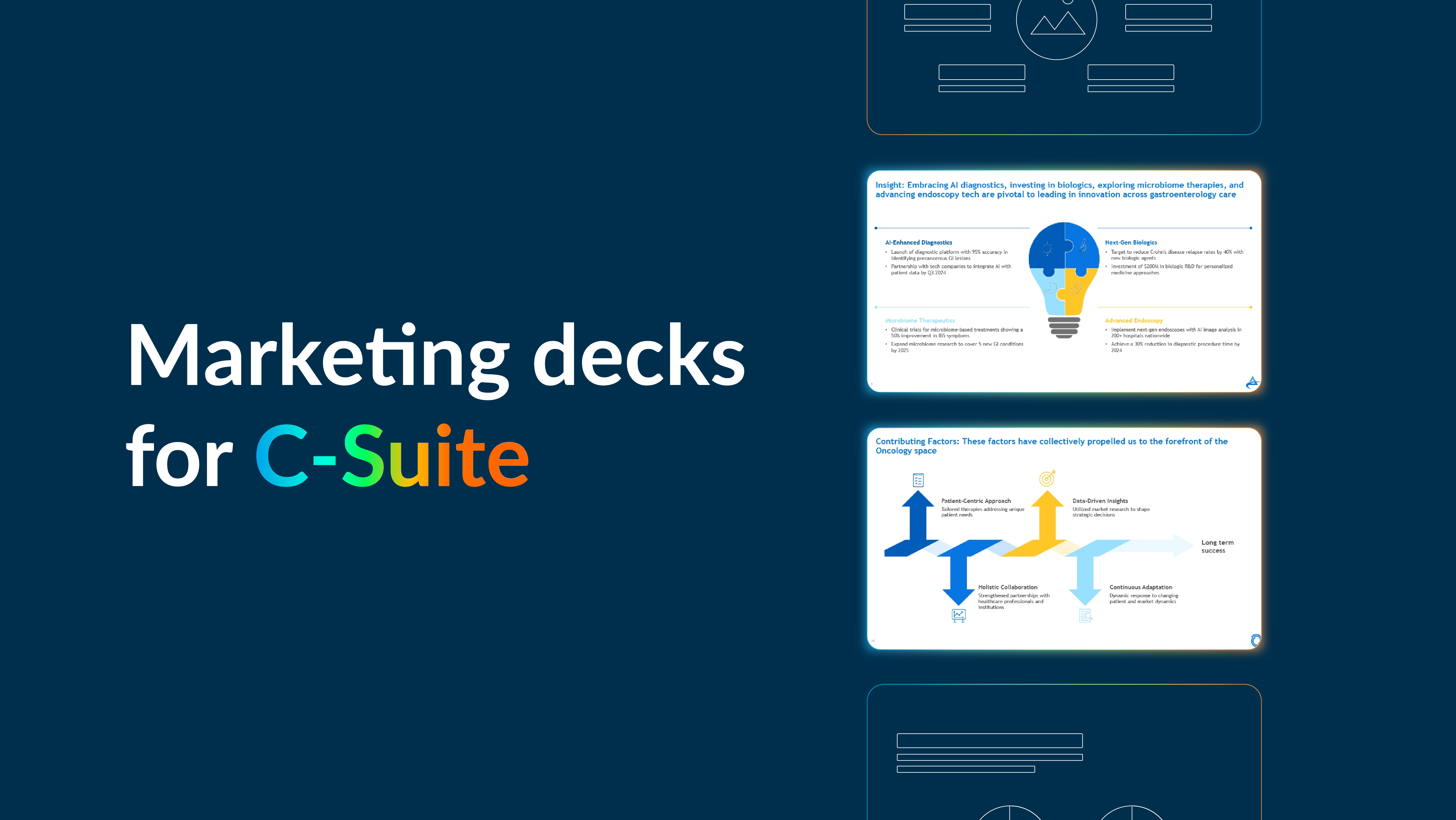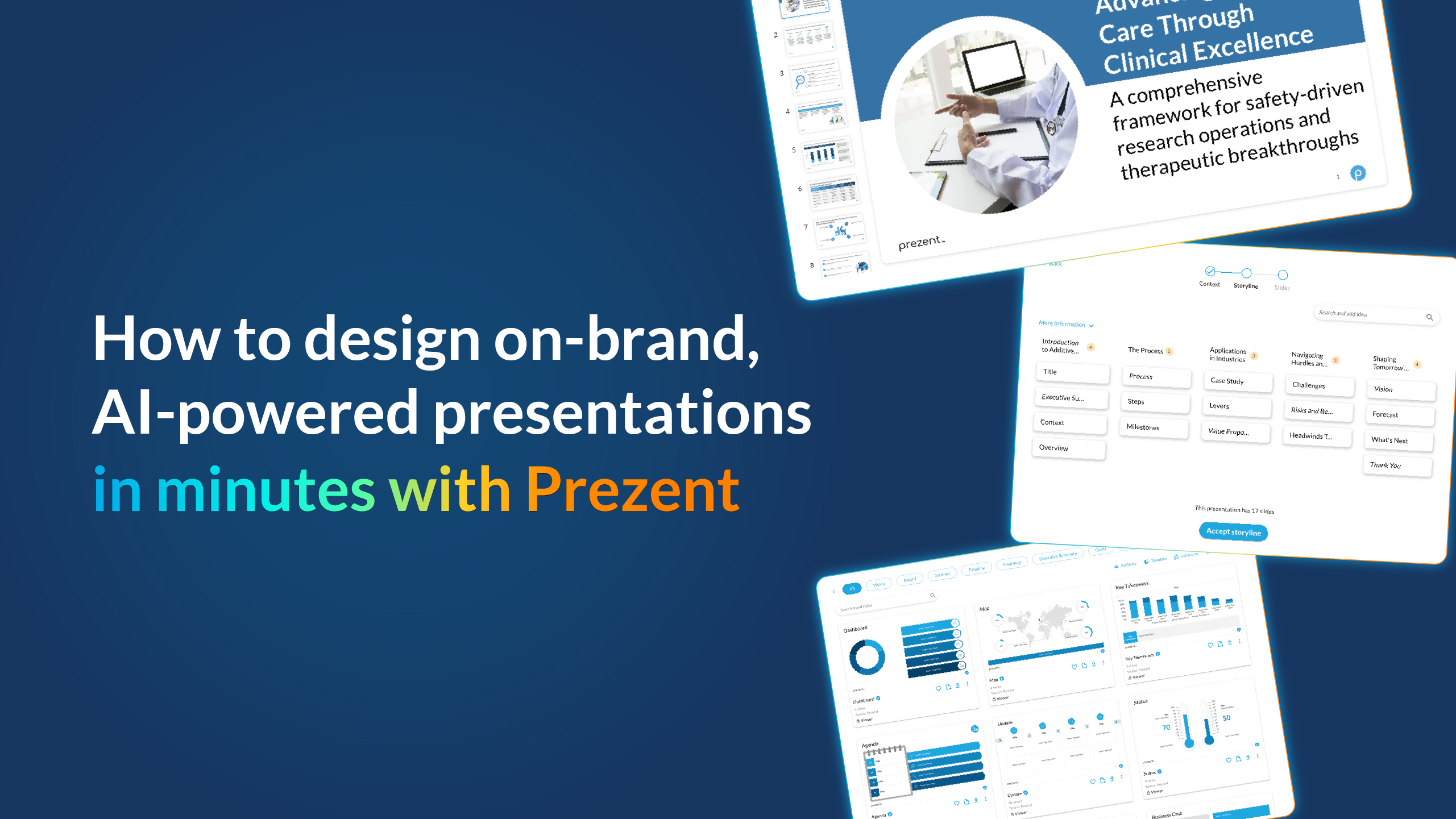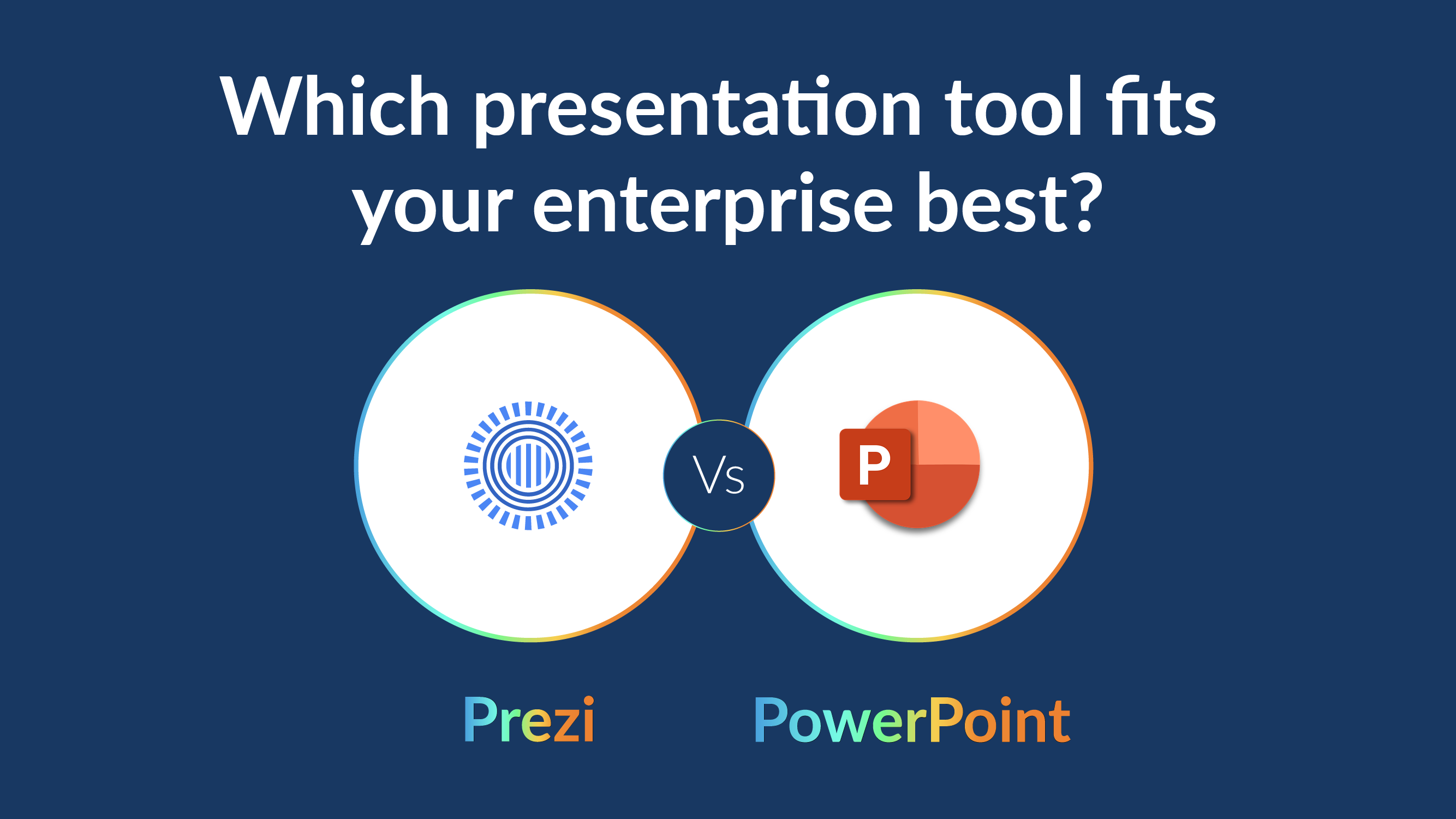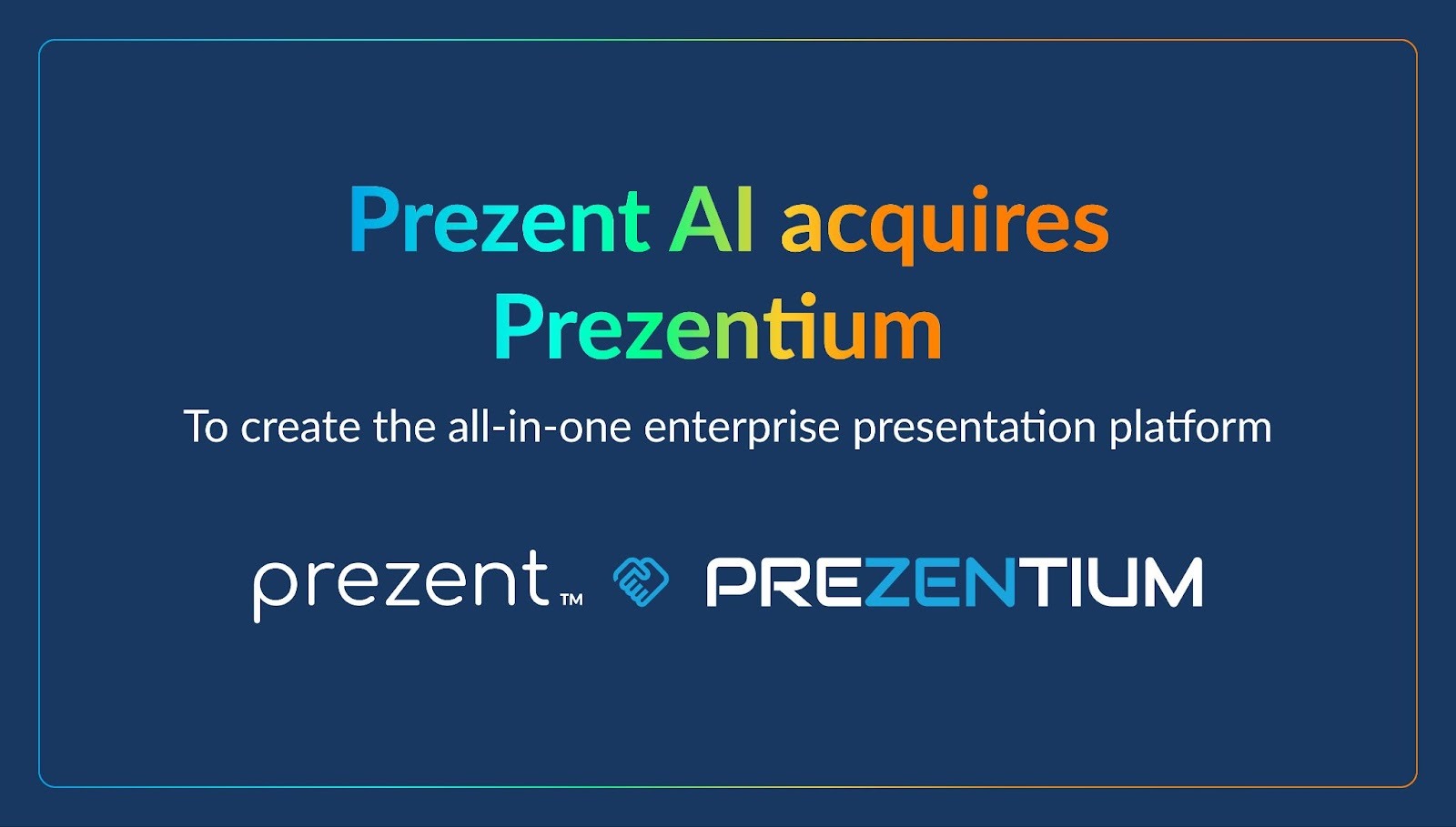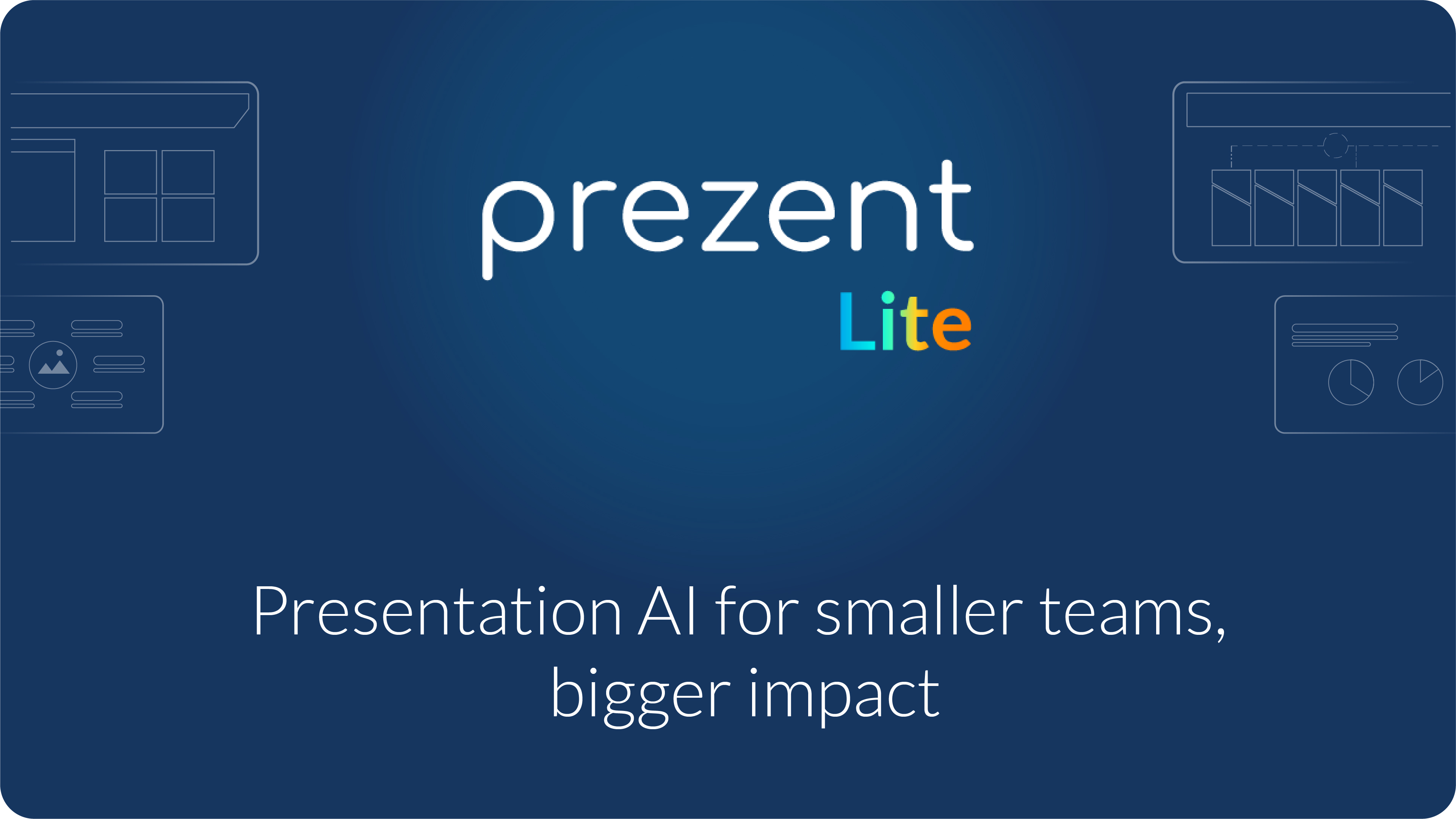A complete guide to the skill will matrix: Tailoring your leadership to drive team success
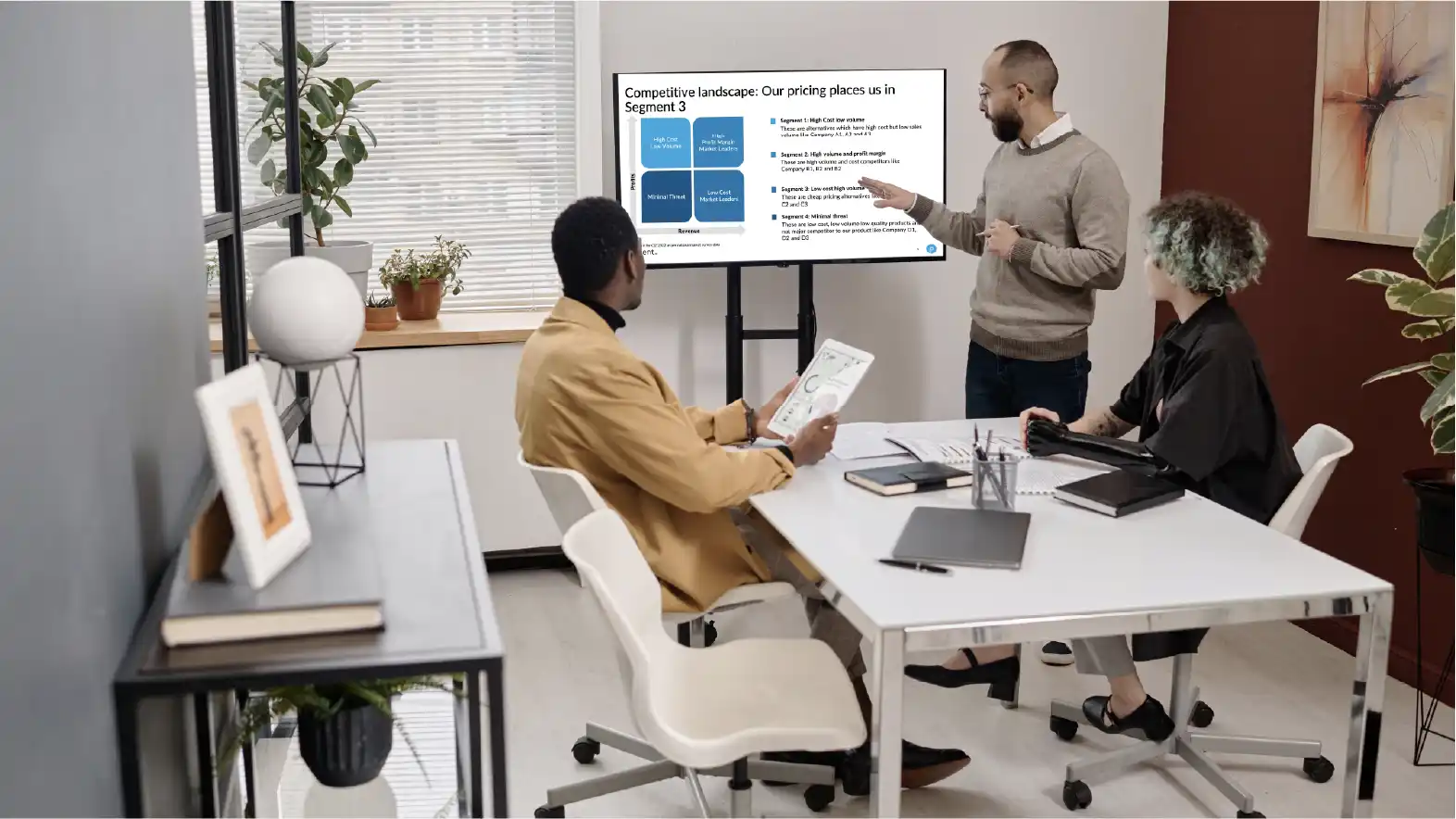
People management is a critical skill for HR leaders. More than hiring the right people is required; you must also ensure that your team is motivated and equipped with the necessary skills to fulfill their respective jobs and roles. This can be particularly challenging as it involves understanding each employee's unique needs and tailoring your communication to inspire them effectively.
In this article, we'll explore the Skill Will Matrix, a powerful tool that can help you navigate these challenges and drive high performance across your team. We'll discuss how this matrix can provide valuable insights into your team's strengths and areas for improvement. This article will also guide you on using these insights to communicate effectively and motivate your employees.
What is the Skill Will Matrix?
The Skill Will Matrix is an effective tool for benchmarking and evaluating employee performance. This 2x2 matrix illustrates two key dimensions: skills on the horizontal axis and motivation or will on the vertical axis, as shown in the image below.
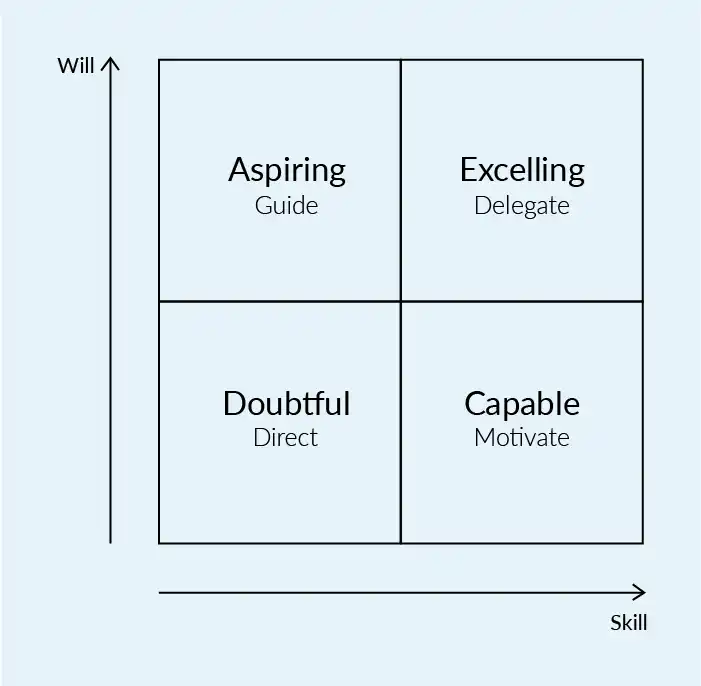
There are four quadrants in the Skill Will Matrix, which represent different combinations of employee skills and motivation. Managers can categorize employees into the appropriate quadrants by evaluating these two factors. This classification helps leaders tailor leadership and guidance strategies to effectively support and develop each team member.
- High skill, high will: These highly skilled and motivated employees are your top performers. They usually require minimal supervision.
- High skill, low will: These set of employees have the skills needed for the job but lack motivation. They may need additional motivation or a change in their work environment to reignite their enthusiasm.
- Low skill, high will: Individuals falling in this category are highly motivated but lack the necessary skills. They require training and support to build their competencies.
- Low skill, low will: These employees need help with skill as well as motivation. They may need mentoring to improve their skills and motivation or potentially consider a role change.
Skill Vs Will:
Understanding the concepts of Skill and Will is important before developing communication strategies tailored to different employee groups. Leaders who understand the nuances of skill and will can better tailor their communication and support strategies, ensuring they meet the specific needs of each employee.
- Skill is an employee's ability to perform their job. This expertise can be developed through education, work experience, and specialized training. Skills can be continuously enhanced with experience, ongoing training, and acquiring new knowledge.
- Will reflects an employee's motivation—their drive, enthusiasm, and commitment to their work. Will can fluctuate over time due to various factors, such as personal circumstances, health, interests, or changes in the work environment.
How to communicate effectively with employees in each quadrant:
1. High skill, high will
Employees falling in this category already possess both strong skills and high motivation. Therefore, it is essential to provide them with recognition and opportunities for growth to keep them motivated. These employees thrive on challenges and autonomy, so offer them leadership roles or special projects to keep them engaged.
Actionable steps:
- Recognize their achievements to reinforce their value to the team.
- Engage them in higher-level discussions and decision-making processes to make them feel valued.
- Provide advanced training and opportunities to lead key projects. This will ensure they continue to grow and feel challenged.
Use case:
Sarah is a senior project manager at a tech company. She is consistent in delivering high-quality work and is passionate about driving the company's success. Her manager recognizes her potential and assigns her high-stake projects that demand strategic planning. Sarah has also been invited to join important meetings to contribute her insights. This recognition and responsibility motivates Sarah as well as helps in developing her leadership skills.
Sarah's manager successfully utilizes this opportunity to provide a highly skilled power resource with challenging responsibilities and refine her abilities to prepare her for leadership roles.
2. High skill, low will
As the name suggests, these categories of employees have high potential but lack the motivation to offer their best. It's essential to help them understand the impact of their work and ensure they feel valued and connected to the organization's goals.
Actionable steps:
- Conduct one-on-one conversations to explore their career goals and aspirations.
- Identify any potential barriers to their motivation, such as workload, lack of recognition, lack of incentivization, etc.
- Enhance the work environment to make it more engaging and improve the overall employee experience.
- Consider using a matrix for low morale to identify and address underlying issues that are affecting their motivation levels.
Use case:
John is a highly skilled software engineer who has been with his company for several years. However, John's manager recently noticed a decline in his enthusiasm and output. Recognizing his high skill level, the manager sets up a one-on-one meeting with John to discuss his career goals. During the conversation, John reveals that his work has become repetitive and lacks challenge.
In order to motivate John, his manager assigns him to a new, complex project that aligns with his interests and introduces him to a mentorship program where he can guide junior developers. Additionally, the manager acknowledges John's contributions to team meetings regularly.
The personalized approach of John's manager not only helps him to retain a skilled employee but also helps him guide John in the right career path, enabling him to perform better in his current role.
3. Low skill, high will
These employees are enthusiastic about their work but lack the necessary skills to complete tasks independently. For these employees, it's necessary to focus on their development and provide strong support to help them build the skills they need to succeed.
Actionable steps:
- Provide clear and achievable training programs tailored to their respective needs. Also, ensure they receive regular feedback on their progress.
- Develop a competency matrix template to track the skill development of the employees.
- Assist these employees to set achievable and incremental goals to build confidence and skills with time.
Use case:
Ema is a new marketing associate who joined the team with enthusiasm but limited experience in digital marketing. Although she is eager to learn and take on new challenges, she needs help to keep up with more complex tasks.
Ema's manager recognizes her potential and enrolls her in digital marketing courses. Manager also pairs her with a senior mentor who can provide guidance and support. The manager creates a competency matrix to track her progress and schedules regular evaluations to provide Ema with constructive feedback.
As Ema gains new skills through training and hands-on experience, her confidence grows, and she begins to handle more complex tasks independently.
In this use case you see an enthusiastic employee with low skills can be turned into a high-contributing resource with the right training programme and guidance.
4. Low skill, low will
Employees who lack both skills and motivation present a significant challenge as they require both mentoring and focused attention. Right guidance and support can help these employees to find their interests and improve their performance.
Actionable steps:
- Evaluate if their current role is aligned with their strengths and potential.
- Use a skill matrix template to identify specific training needs and tailor development plans accordingly.
- Review their responsibilities and adjust to match their capabilities better while creating opportunities for engagement and growth.
Use case:
Alex is a customer service representative who has been struggling with both his performance and motivation. His manager notices this in his performance and decides to use a unique approach.
The manager starts by evaluating Alex's current role to understand if it is a good fit for his strengths. After a series of one-on-one discussions, they discover that Alex feels overwhelmed by the fast-paced environment and isn't confident in his problem-solving skills.
The manager then uses a skill matrix template to identify Alex's specific training needs, focusing on communication and conflict resolution. Additionally, they shift some of Alex's responsibilities to less time-sensitive tasks, to help reduce his stress and increase his engagement.
With regular training, guidance and a more suitable set of tasks, Alex begins to show gradual improvement. Over time, Alex's confidence grows, his skills improve, and he takes a more active role in his work.
The manager's unique tailored approach not only makes him deal with Alex effectively but also helps him to retain a valuable employee.
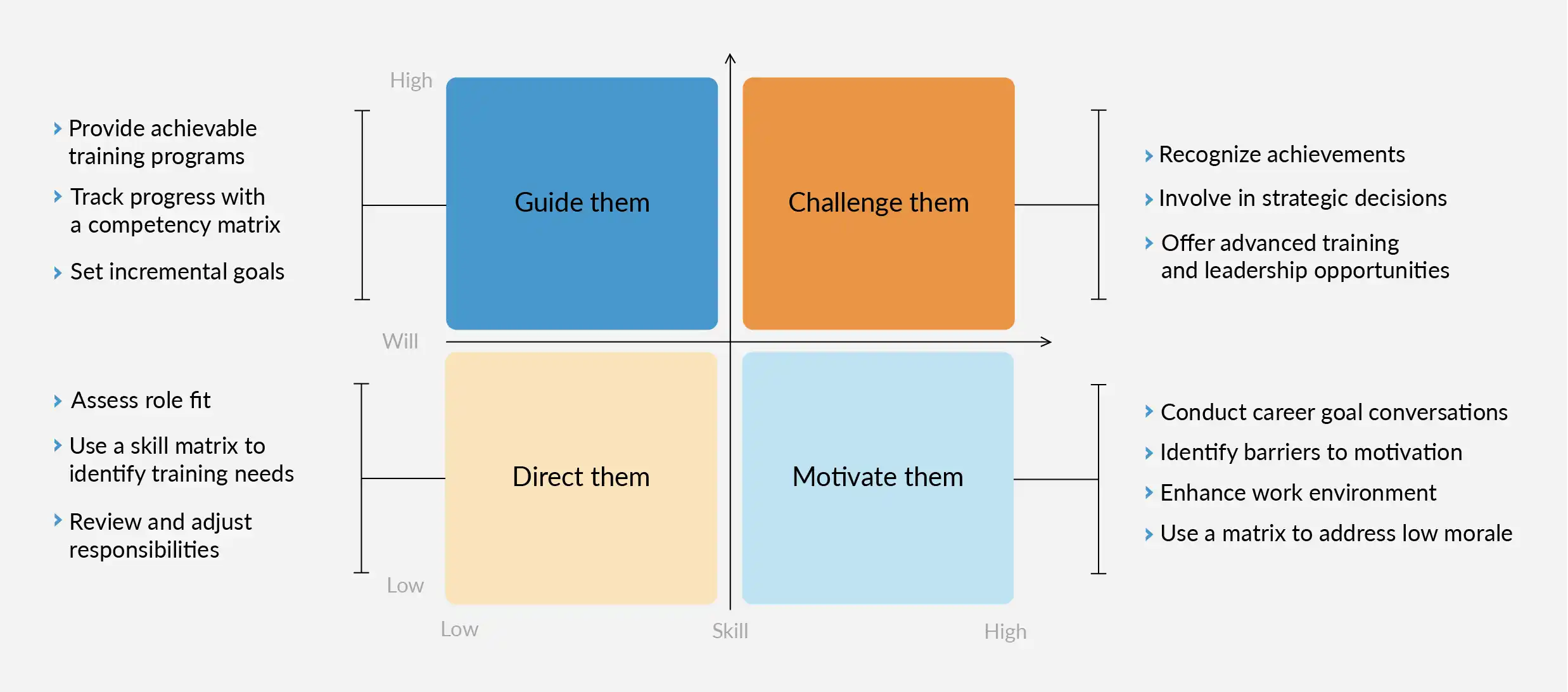
Employees with high skills and high will are valuable assets in any organization. Keeping them engaged, motivated, and continuously growing is crucial to sustaining your company's success. You can ensure that your employees are committed by recognizing their work, including them in important decisions, and providing them with the required knowledge.
Prezent is a smart AI platform that can support you in personalized, regular engagement and training of your employees. By streamlining the creation of high-impact presentations, Prezent enables your top performers to focus on what they do best—driving innovation and achieving strategic goals.
Prezent also excels in crafting effective and impactful training and development presentations, ensuring that your team receives well-structured, engaging, and informative content crucial for continuous learning and growth. You can create hyper-personalized training presentations that directly address your audience, engage them better, and ensure higher retention of information.
Know more about Prezent’s capabilities by scheduling a demo or using your free trial.


